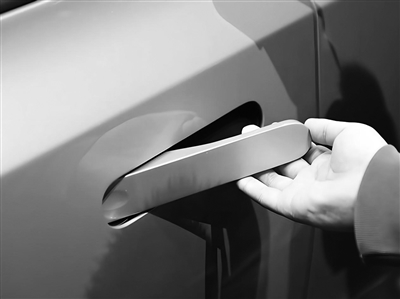Automotive Door Handle Trends 2025: How Switch Manufacturers Adapt
Publication time:2025-10-21 Source of the article:
With the rise of electric vehicles (EVs) and smart cockpits, automotive door handles have evolved from basic parts to key user experience and safety interfaces—driving changes for automotive switch manufacturers. Understanding these trends is key to global competitiveness.
Ke
y Trends in Automotive Door Handles
1. Smart Functionality Leads
Electric power-assisted and touchless sensor handles are popular: over 65% of vehicles above $45,000 feature them (2024 data). Traditional mechanical handles now hold just 62.3% of the market (2023), as smart designs offer keyless entry and automatic opening.
2. Retractable Designs Go Mainstream
Retractable handles boost aerodynamics (8% less drag) and futuristic appeal, raising their per-unit value from ~52—creating opportunities for suppliers. 3. Lightweight Materials Gain Traction
To improve EV range, 65% of EV door handles use aluminum; carbon fiber is emerging in high-end models. This needs durable, lightweight compatible components.

Pros & Cons of Modern Handle Tech
Tips for Switch Manufacturers
1. Focus on Environmental Adaptability
Add IP67 waterproof modules and anti-interference tech to ensure switches work reliably from -40°C to 85°C.
2. Develop Integrated Solutions
Create all-in-one switch modules (with fingerprint sensors, LIN chips) to cut automakers’ BOM costs, fitting centralized electrical systems.
3. Innovate Materials & Manufacturing
Design mini, low-power switches for aluminum/carbon fiber handles; use PVD coating to extend lifespan to 200,000+ cycles.
